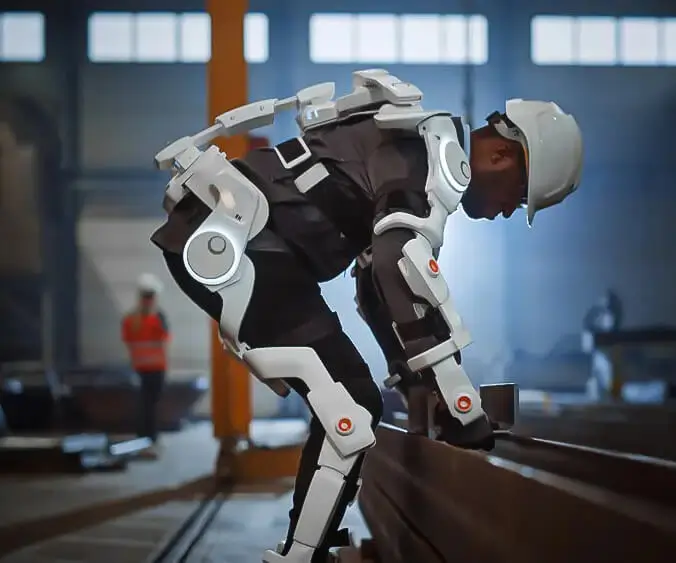Unleashing the Potential of Servo Motors with Arduino: A Journey Into Precision Control
Imagine a world where machines move gracefully, exactly as intended, responding seamlessly to your commands. Whether you’re building a robotic arm, a camera gimbal, or a remote-controlled vehicle, servo motors bring a level of precision and versatility that makes these projects possible. The magic resides not just in the hardware but equally in the software—specifically, the code that makes everything tick.

If you're new to the realm of Arduino and robotics, understanding how to control a servo motor might seem daunting at first. However, once you grasp the fundamental concepts and explore the simplicity of Arduino code, you'll see just how accessible and rewarding this hobby can be.
What is a Servo Motor?
Before jumping into code, let’s clarify what a servo motor is. Unlike standard motors that rotate freely, servo motors are designed to provide precise angular position control. They're equipped with a built-in feedback mechanism—a potentiometer—that allows them to know their current position and make necessary adjustments to reach the target angle.
In terms of application, servo motors are ideal when you need controlled rotation within a specific range—commonly 0 to 180 degrees. This feature makes them perfect for robotic arms, steering mechanisms in RC cars, pan-and-tilt camera mounts, and more.
Getting Started With Arduino and Servo Motors
The beauty of Arduino lies in its simplicity and community support. Controlling a servo motor isn’t just straightforward—it's almost intuitive. You just need a few components: an Arduino board (like Uno or Mega), a servo motor, a power source if necessary, and some jumper wires.
The first step involves connecting the servo to the Arduino. Most servo motors have three pins: Power (often red), Ground (black or brown), and Signal (white or yellow). The connections are typically as follows:
Power to 5V on Arduino Ground to GND on Arduino Signal to a PWM-capable digital pin (like D9)
Once connected, loading the right code onto the Arduino is like giving it a set of instructions to move the servo to specific positions.
Introducing the Servo Library
Arduino provides a built-in library called Servo, which abstracts much of the complexity involved in controlling servo motors. With this library, you can easily instruct your servo to move to a desired angle with just a few lines of code.
Here's a simple example outline:
#include // Include the servo library Servo myServo; // Create a servo object void setup() { myServo.attach(9); // Attach servo to pin 9 } void loop() { myServo.write(0); // Move to 0 degrees delay(1000); // Wait for a second myServo.write(90); // Move to 90 degrees delay(1000); myServo.write(180); // Move to 180 degrees delay(1000); }
This straightforward code initializes the servo, then cycles it through three positions, pausing one second at each.
Diving Deeper: More Advanced Servo Code Techniques
While the above example is great for beginners, more advanced projects demand dynamic, responsive, and smooth servo control. Here are some techniques to take your code to the next level:
Using potentiometers for manual control: Reading input from a potentiometer allows users to control the servo with a physical dial. #include Servo myServo; int potPin = A0; // Potentiometer connected to analog pin A0 void setup() { myServo.attach(9); Serial.begin(9600); // For debugging } void loop() { int sensorValue = analogRead(potPin); int angle = map(sensorValue, 0, 1023, 0, 180); // Map to 0-180° myServo.write(angle); Serial.println(angle); delay(15); // Short delay for smooth movement } Implementing smooth movement Instead of instantly jumping to a position, you can animate the servo gradually for a more natural motion. void moveServoSmoothly(Servo &servo, int startPos, int endPos, int stepDelay) { if (startPos < endPos) { for (int pos = startPos; pos <= endPos; pos++) { servo.write(pos); delay(stepDelay); } } else { for (int pos = startPos; pos >= endPos; pos--) { servo.write(pos); delay(stepDelay); } } } Servo calibration and limits Some servos may not operate optimally over the full 0-180 range. You may need to define your limits in code for safe operation: const int minAngle = 10; const int maxAngle = 170; void safeWrite(Servo &servo, int angle) { if (angle < minAngle) angle = minAngle; if (angle > maxAngle) angle = maxAngle; servo.write(angle); }
Handling Power and Safety Concerns
Servos draw considerable current during operation, especially when holding positions under load. It’s advisable to use an external power supply for multiple servos instead of powering them directly from the Arduino. This prevents voltage dips that could cause erratic behavior or reset the microcontroller.
Similarly, always avoid commanding a servo to move beyond its physical limits. Doing so can damage the motor or geartrain. Implement limit switches or code constraints to prevent overdriving your servo.
Creative Projects and Fun Challenges
Now that you understand the basics, there’s a whole universe of creative applications:
Robotic arms: Write code that allows your robotic arm to pick up objects and respond to sensors. Pan-and-tilt cameras: Use multiple servos with coordinated control for smooth camera movements. Automated curtains: Control window coverings based on time or weather sensors. Maze-solving robots: Combine servo control with distance sensors to navigate complex environments.
Each project enhances your understanding of servo control and provides ample opportunities to experiment with code—modifying parameters, implementing feedback loops, and integrating sensors.
Next, in the second part, we’ll go into troubleshooting common issues, delve into more complex programming techniques, and explore some advanced Arduino libraries and sensor integrations for servo motor projects. Stay tuned!
Established in 2005, Kpower has been dedicated to a professional compact motion unit manufacturer, headquartered in Dongguan, Guangdong Province, China.




































